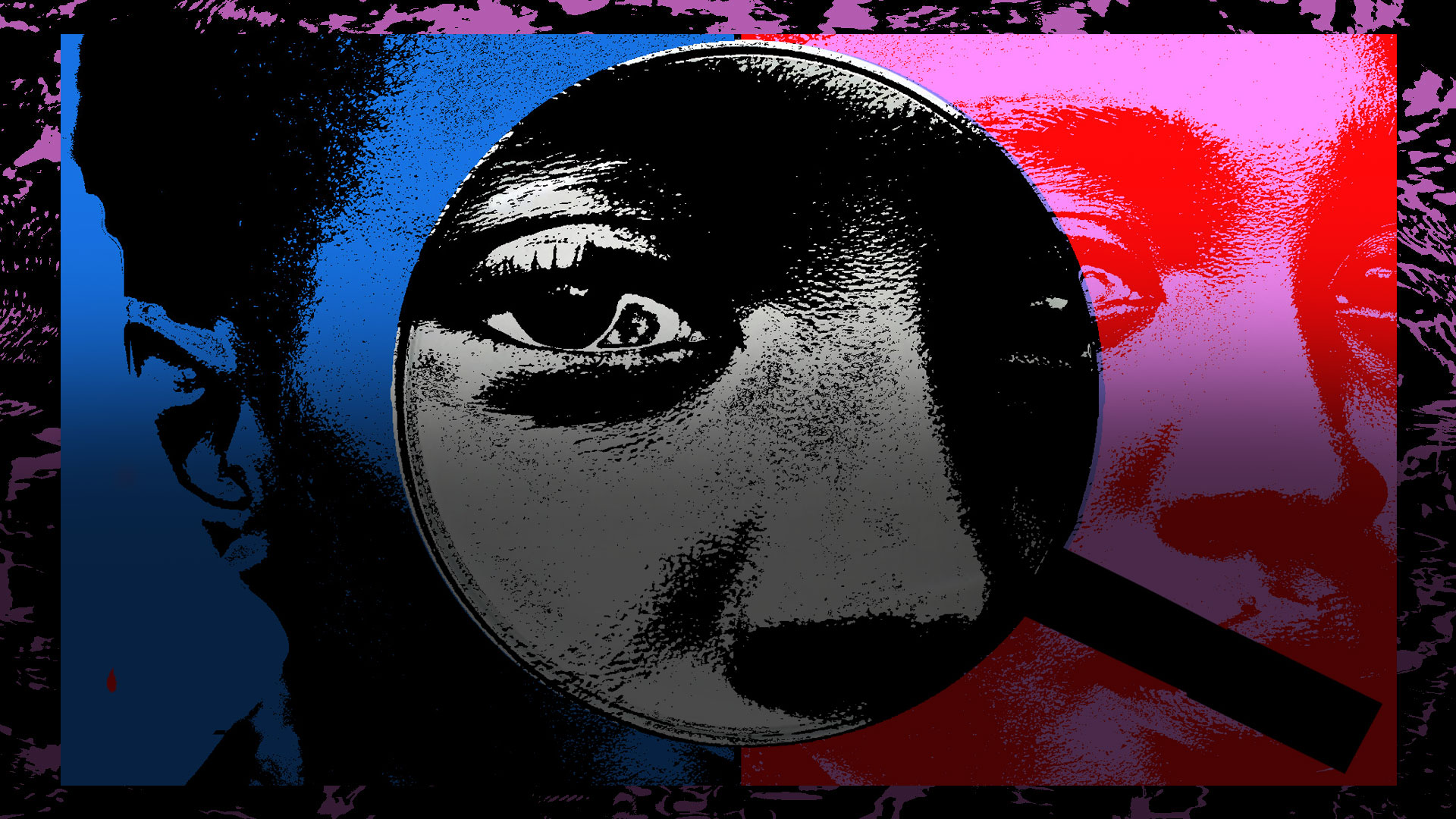
Fighting deepfakes with more transparency about AI
Soon after the 2022 invasion of Ukraine, local photographers began documenting the destruction of cultural sites to help preserve the country’s heritage and collect evidence for restitution. But a spread of faked war-related images was causing a problem: People couldn’t be sure which photos were real.
That prompted the photographers to use a new tool to show their pictures weren’t “deepfakes” — AI-generated content that realistically resembles existing people, places or events in an inauthentic way. The prototype led to Microsoft’s Content Integrity Suite of tools designed to bring more transparency to online content.
With global elections expected to draw a record 2 billion voters this year, several political, elections and media organizations are now using the tools to attribute their work, improve transparency, instill trust and ward off disinformation. Supporting a more trustworthy information ecosystem with responsible AI tools and practices is just one way Microsoft is fighting harmful deepfakes.
This post is part of Microsoft’s Building AI Responsibly series, which explores top concerns with deploying AI and how the company is addressing them with its responsible AI practices and tools.
“The repercussions of deepfakes can be incredibly severe. They’re a form of cognitive hacking that changes your relationship with reality and how you think about the world,” says Andrew Jenks, Microsoft director of Media Provenance.
Jenks chairs the Coalition for Content Provenance and Authenticity (C2PA), an organization that Microsoft co-founded to develop an open technical standard for establishing the provenance — or the source and history — of digital content, including AI-generated assets.
Manipulated content is nothing new, and sometimes it’s clearly satire or comedy. But the rise of generative AI is making it easier for people with bad motives to spread disinformation that can lead to fraud, identity theft, election interference and other harms. Details like attribution and captions often disappear when content is shared, making it harder for people to know what to trust.
Knowing the origin and tracing the history of content can help people be more informed and less vulnerable to deception, Jenks says. Microsoft’s tools include an application, currently in private preview, for creators and publishers to add Content Credentials to their work, or certified metadata with details like who made the content, when it was made and whether AI was used. Part of C2PA’s technical standard, Content Credentials are attached to photo, video and audio cryptographically so any subsequent editing or tampering can be detected more easily.
Because the metadata is invisible, Microsoft also provides a public Content Integrity Check tool and a web browser extension for consumers to scan for credentials and review provenance information. People can also look for a Content Credentials icon on images and videos on platforms such as LinkedIn.
“Content Credentials provide an important layer of transparency, whether or not AI was involved, to help people make more informed decisions about content they share and consume online,” Jenks says. “As it becomes easier to identify content sourcing and history, people may become more skeptical of material that lacks specific provenance information.”
Microsoft uses its Content Credentials tooling in its own image-generating AI products — Designer, Copilot, Paint and select models in Azure OpenAI Service — to disclose that AI was used, when the image was created and other details. Other responsible AI controls to deter deepfake abuse include blurring faces of people in photos uploaded in Copilot.
“AI-generated or -modified media can be helpful in a lot of contexts, from education to accessibility,” says Jessica Young, senior program manager of science and technology policy for Microsoft Chief Scientific Officer and media provenance expert Eric Horvitz.
“But there should be disclosure about the source of the content and its journey so people can understand where it came from, the extent it was altered and if AI was used. Our approach is not to tell consumers what content is trustworthy, but to give them context they need to make informed decisions.”
While Jenks says Content Credentials can help establish trust in everything from advertising to dating websites, Microsoft is offering the private preview of its provenance tools first to campaigns, elections organizations and journalists as part of a pledge to fight deceptive use of AI in this year’s elections. The company also created a site for candidates to report election deepfakes appearing on LinkedIn, Xbox and other Microsoft consumer services and launched a $2 million fund with OpenAI to increase AI education among voters and vulnerable communities.
Microsoft has pushed for information integrity through co-founding C2PA, which now has nearly 200 members, developing provenance technologies with journalists and supporting democratic processes. Recognizing that no single company or approach can address the issue alone, it’s also advocating for relevant legislation and researching additional transparency techniques. The work integrates expertise in research, engineering, policy and threat intelligence, all aimed at strengthening information systems in a complex landscape of different media formats and platforms.
“We’re continuing to develop and iterate to find the most robust solutions as media evolves with generative AI use in new formats like live video,” Young says, “and we’re sharing best practices and tools with the broader ecosystem.”
How to spot deepfakes
- Know and understand the source: Look for attribution, captions and Content Credentials. Research images through a visual search. Ask yourself if the source is reputable and proceed with caution if there’s no clear source.
- Consider intent: Is the content meant to entertain, inform or persuade you? Analyzing the purpose can give you a better sense of whether someone might be trying to deceive.
- Look for inconsistencies and anomalies: AI-generated images may have misspellings, blurry figures, mismatched clothing, inconsistent lighting and odd textures.
- Test your AI detection skills: Take the Real or Not quiz to see if you can distinguish AI-generated images from real ones.
Learn more about Microsoft’s Responsible AI work.
Lead illustration by Makeshift Studios / Rocio Galarza. Story published on Oct. 3, 2024.
